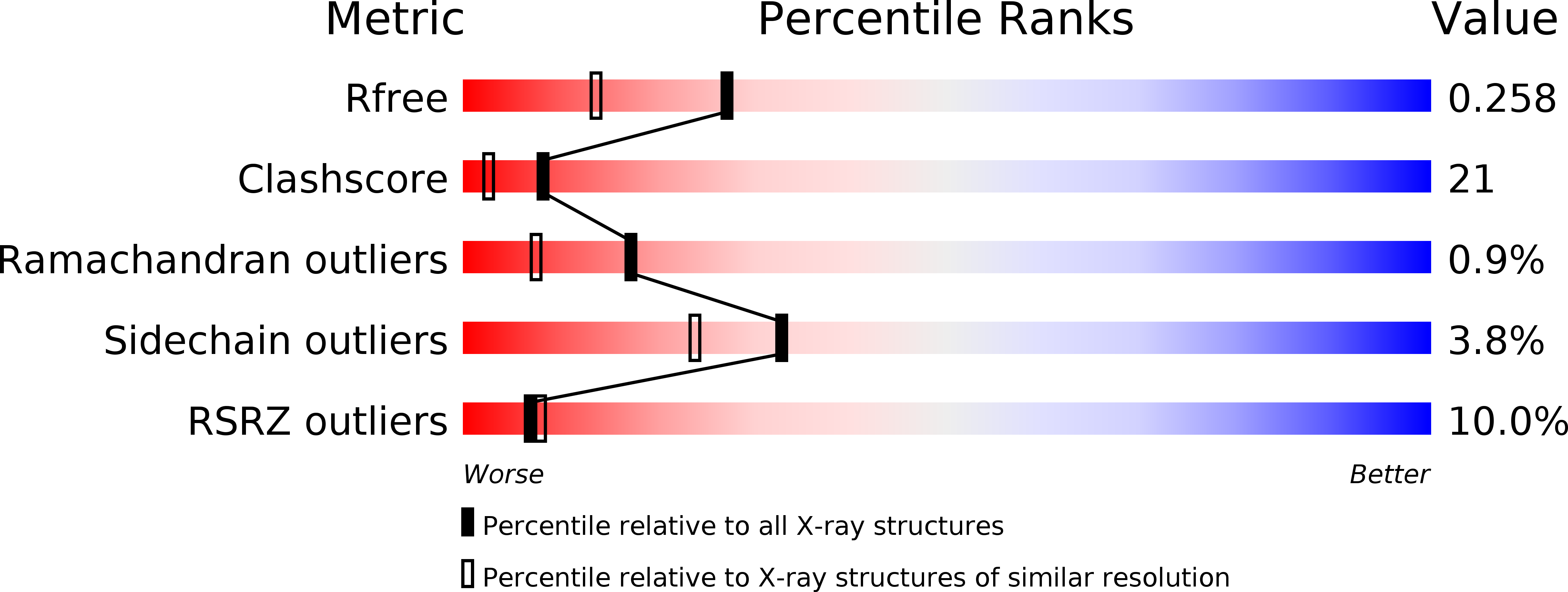
Deposition Date
2003-10-15
Release Date
2004-02-17
Last Version Date
2024-10-16
Entry Detail
PDB ID:
1R6L
Keywords:
Title:
Crystal Structure Of The tRNA Processing Enzyme Rnase pH From Pseudomonas Aeruginosa
Biological Source:
Source Organism:
Pseudomonas aeruginosa (Taxon ID: 287)
Host Organism:
Method Details:
Experimental Method:
Resolution:
1.90 Å
R-Value Free:
0.24
R-Value Work:
0.22
R-Value Observed:
0.22
Space Group:
H 3 2


